
eCommerce
Top-Selling Men’s Clothing in 2025
It’s almost impossible to run an online men's clothing boutique without doing research about which are the top-selling men's clothing....
20+ Dropshipping Statistics for 2025
eCommerce

Going into 2025, the dropshipping business continues to revolutionize the eCommerce industry. New technologies, changing customer behavior, and shifting market conditions make it important for entrepreneurs to be ahead of emerging trends if they want to remain competitive.
Analyzing the most recent dropshipping statistics can provide valuable insights into the industry's future, highlighting potential growth opportunities and identifying challenges to watch out for.
Understanding these statistics will equip you with the knowledge to make informed decisions in a dynamic market.
The dropshipping market is expected to grow at a compound annual growth rate (CAGR) of 25.1%, driven by the rise in online shopping and low startup costs. This rapid growth offers significant opportunities for entrepreneurs globally.
For 84% of online sellers, establishing a reliable dropshipping supplier is the primary challenge in launching their business. This highlights the importance of building strong, trustworthy supplier partnerships for success.
Dropshipping continues growing rapidly, accounting for 23% of all online sales globally. This model’s low entry barriers and scalability have made it a preferred choice for entrepreneurs seeking to tap into the eCommerce market.
Suppliers typically make 18.33% more profit by selling products to dropshippers rather than through their online stores, benefiting from the wider reach and lower overhead costs of the dropshipping market.
Around 27% of retailers have adopted dropshipping as their primary operational model, benefiting from reduced inventory costs and the ability to scale quickly without significant upfront investments.
Dropshipping offers significantly higher profit potential, with earrings 15 times greater than affiliate marketing, thanks to direct control over product pricing, inventory, and customer relationships.
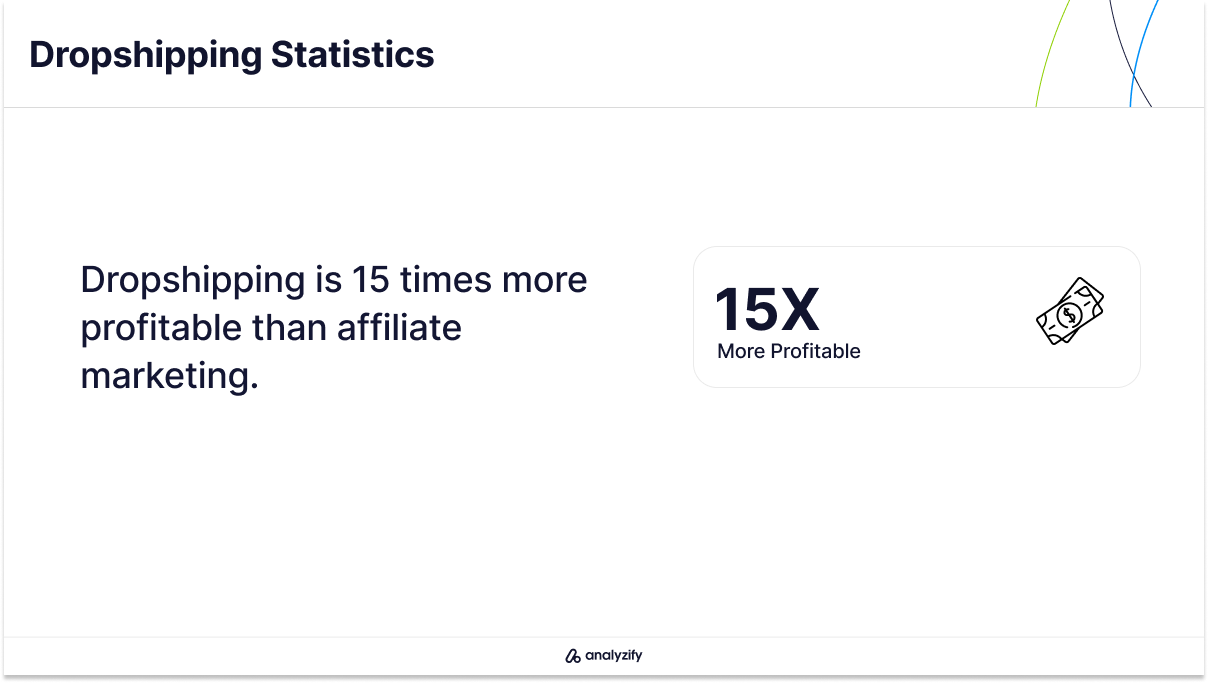
In 2020, the global dropshipping eCommerce market was valued at $126.6 billion. By 2026, this market is expected to reach $476.1 billion, reflecting rapid growth driven by the increasing popularity of online shopping and low-barrier entrepreneurship.
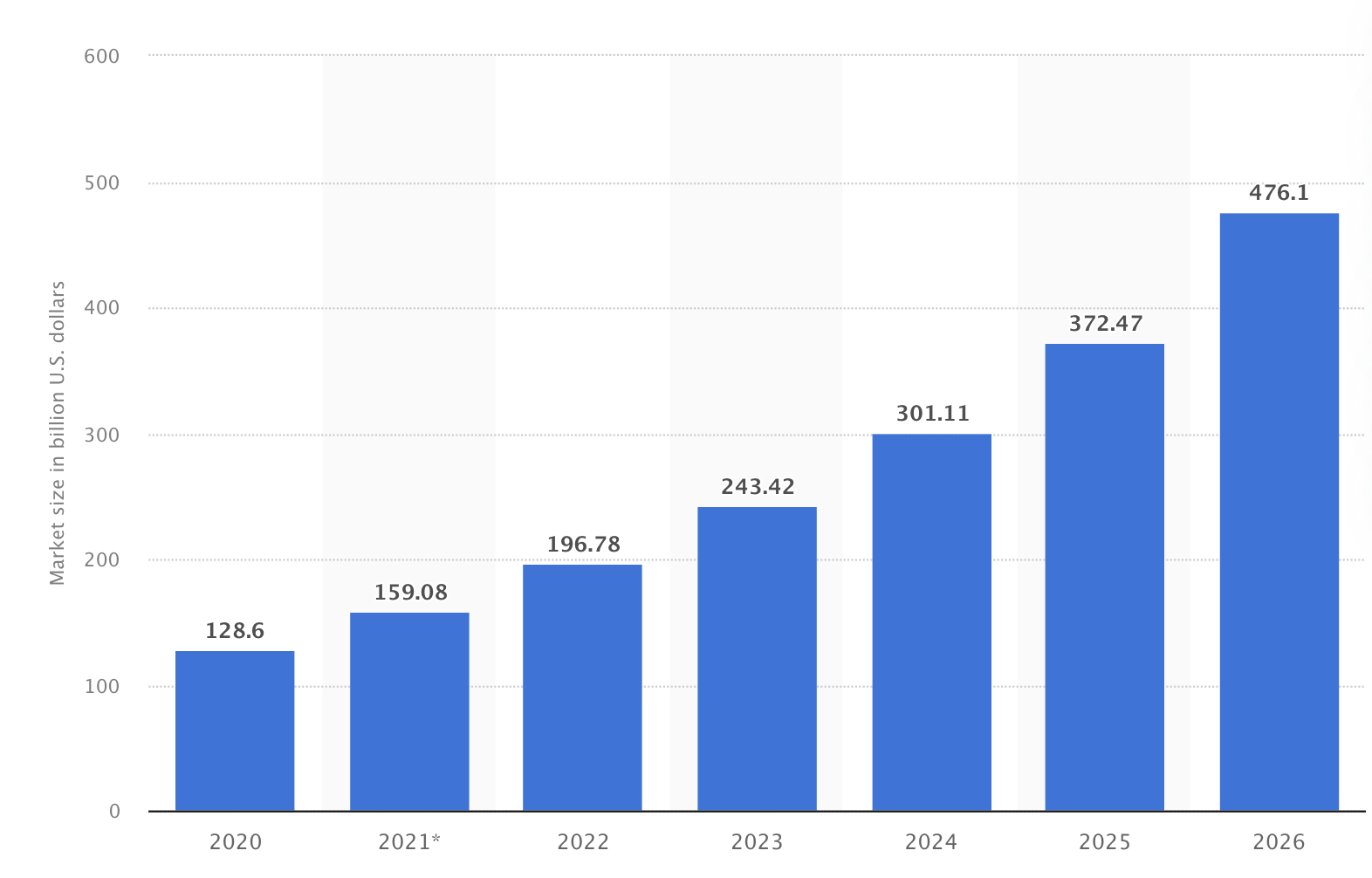
The US online fashion market is projected to expand at a CAGR of 16.82% from 2023 to 2028, driven by shifting consumer preferences and the ongoing rise of eCommerce in the fashion sector.
Our clothing choices reflect personal identity, mood, and culture, but global trends like economic shifts, sustainability concerns, and popular culture also influence them. Manufacturers and retailers closely monitor and influence these trends to gain a competitive edge in the $1.7 trillion global fashion market.
Clothing remains one of the most popular categories for online shopping in the U.S. According to a survey of 10,109 U.S. consumers conducted in 2024, 44% of respondents chose clothing as their top online purchase.
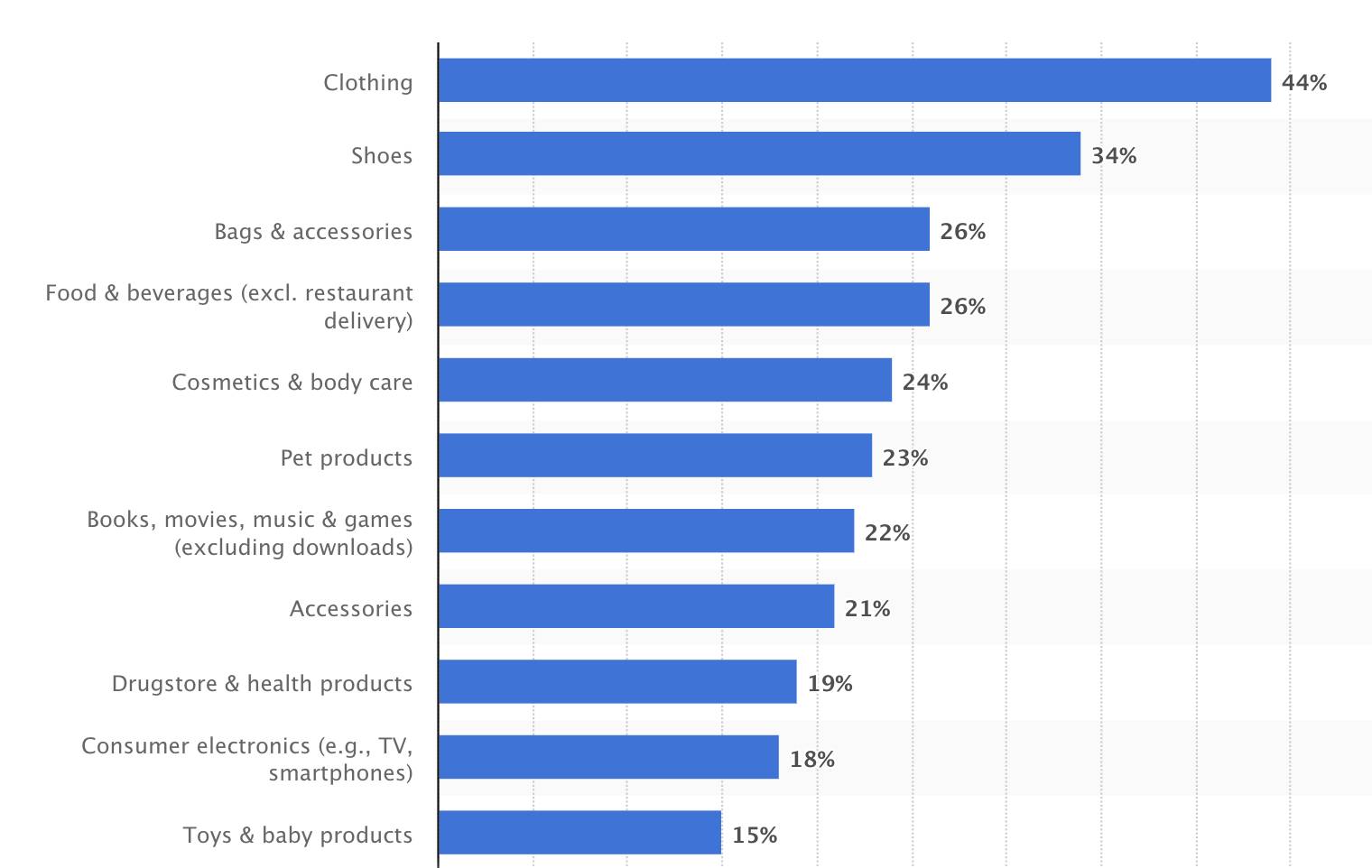
The luxury apparel market is on a steady growth trajectory, with its size estimated at $110.13 billion in 2024. It is projected to grow at a compound annual growth rate of 6.56%, reaching $151.32 billion by 2029.
48% of U.S. online shoppers have left their carts behind in the past months, mostly because they weren’t yet ready to make a purchase, highlighting the challenge of engaging shoppers who are still in the decision-making phase.
While the global average for cart abandonment stands at 77.73%, mobile users experience the highest rate at 80.79%. In contrast, desktop sessions show a 6.68% improvement, with a slightly lower abandonment rate of 73.93%, highlighting the importance of optimizing the mobile shopping experience.
The 25-34 age group shows the highest tendency for cart abandonment at 21%, closely followed by the 35-44 age group at 20%, and the 45-54 group at 13%. These statistics highlight the age-related differences in shopping behaviors and the need for targeted strategies to reduce abandonment.
Dropshipping businesses that engage on at least one social media platform report 32% higher revenue, demonstrating the significant impact social media marketing has on boosting sales and customer engagement.
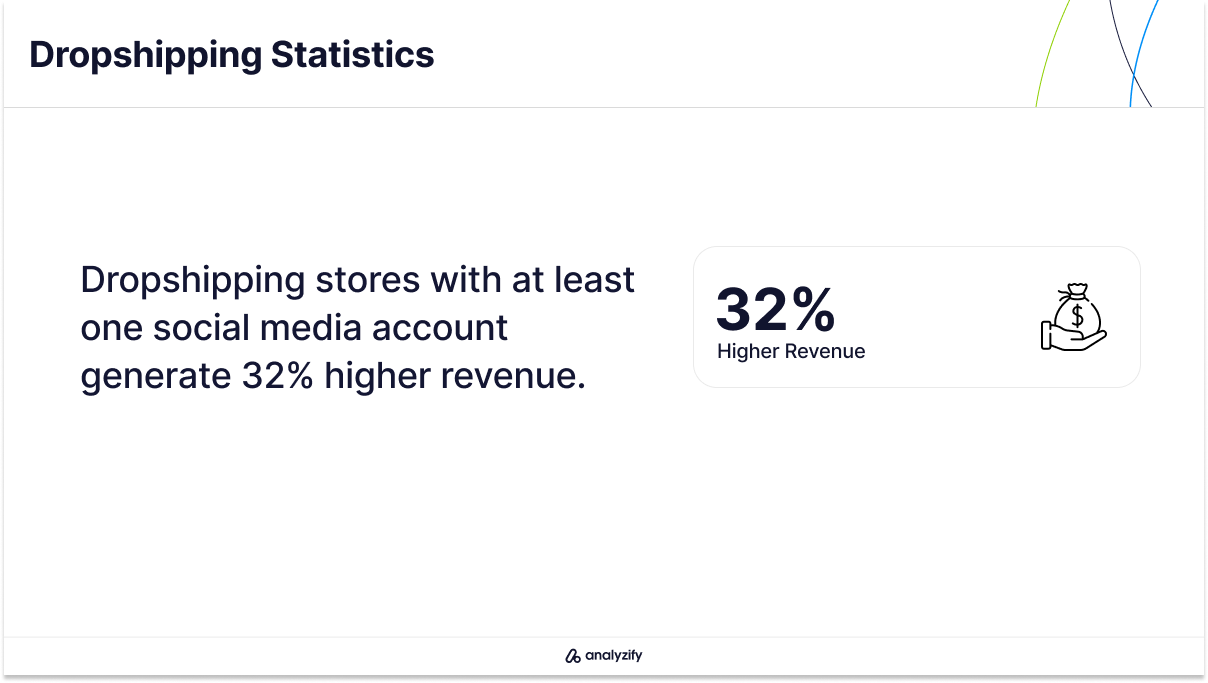
Brands focusing on social media to reach Gen Z are making a smart move. A report by the International Council of Shopping Centers reveals that 85% of Gen Z shoppers say social media plays a role in their purchase decisions. This includes 85% of men and 86% of women in the generation.
Launched in 2016, TikTok became one of the most popular social apps, with 656 million global users in 2021, and over 950 million expected in 2025. For dropshippers, TikTok represents a massive opportunity to tap into a highly engaged, trend-driven audience, using creative videos and influencer partnerships to drive traffic and sales.
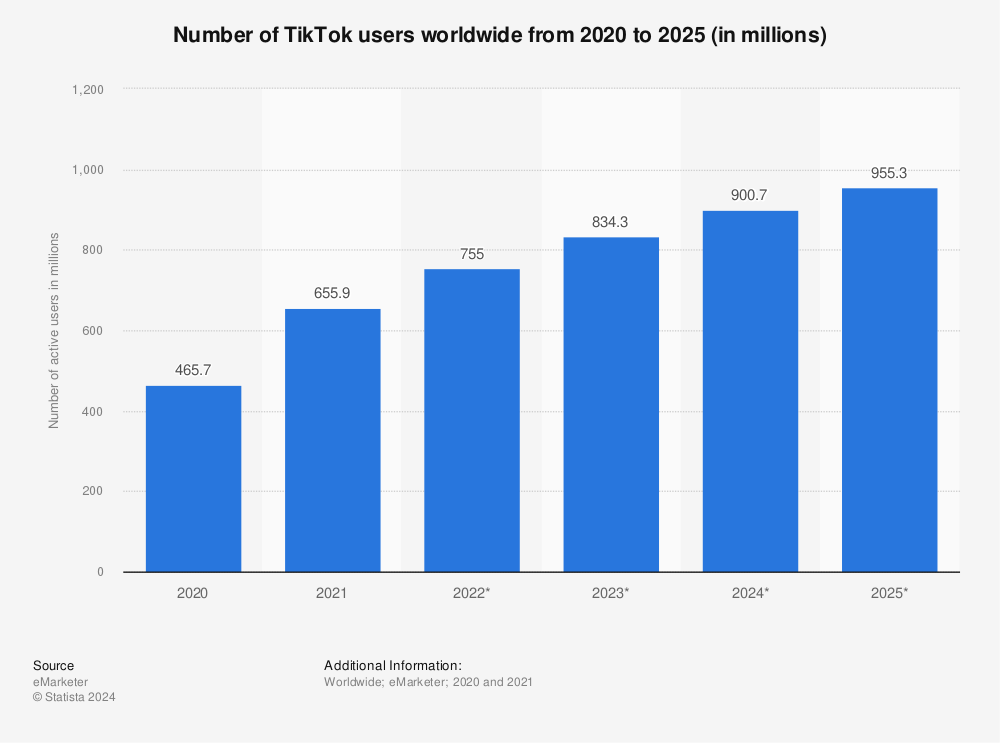
Instagram sees the highest frequency of use, with 16.4% of users engaging with it all the time, and 55.8% using it occasionally. Facebook follows closely, with 15.8% using it always. Pinterest sees the least engagement, with only 11% using it frequently. These varying usage patterns highlight how dropshippers should leverage different social media platforms to drive business growth.
Campaigns that use three or more channels boast an impressive 18.96% engagement rate, while single-channel campaigns lag behind at just 5.4%. This shows that reaching customers through multiple touchpoints like social media, email, or in-store promotions, significantly boosts engagement and increases the chances of conversion.
In 2024, there are 2.71 billion digital buyers, a 2.7% increase from the previous year, adding 70 million new online shoppers. This growth highlights the continued global expansion of eCommerce, offering businesses greater opportunities to connect with a larger, global audience.
China, along with the United States, Japan, the United Kingdom, France, and Germany, is one of the biggest spenders in global eCommerce. Together, these countries account for more than half of the world’s total online shopping expenditure, with China standing out as the leader.
Asia-Pacific is the largest shareholder in the global dropshipping market, with a projected compound annual growth rate (CAGR) of 37.7% during the forecast period, driven by booming eCommerce trends and expanding digital infrastructure in the region.
In the end, dropshipping is still growing into one of the biggest forces driving eCommerce globally, enabling millions of entrepreneurs to make profits with a remarkably low-cost, scalable business model.
As the market growth continues, dropshippers need to adapt to evolving customer behavior and leverage the power of social media and other digital tools to stay competitive.
Such flexibility and accessibility make dropshipping one of the critical opportunities for online businesses today.
What is dropshipping?